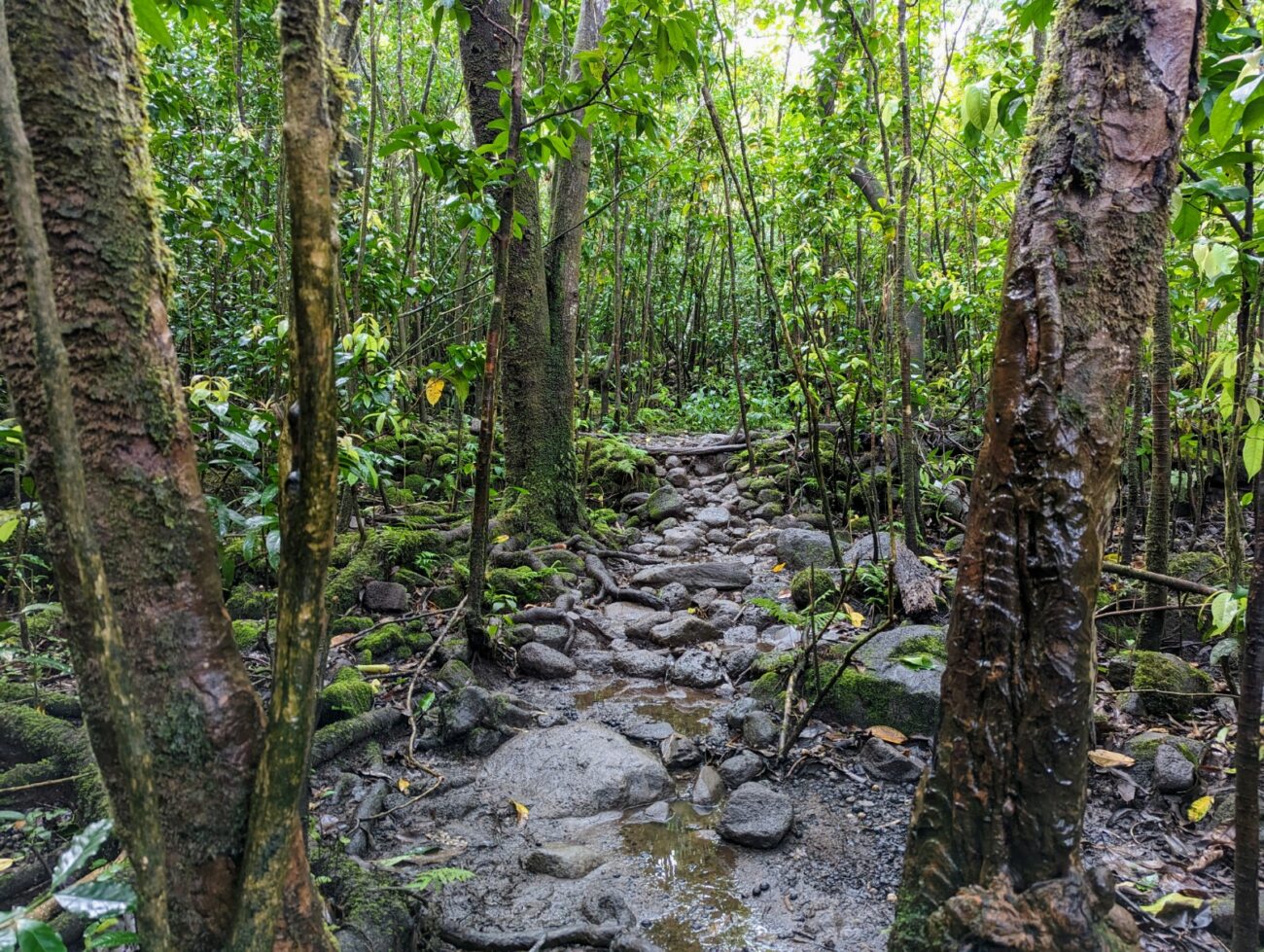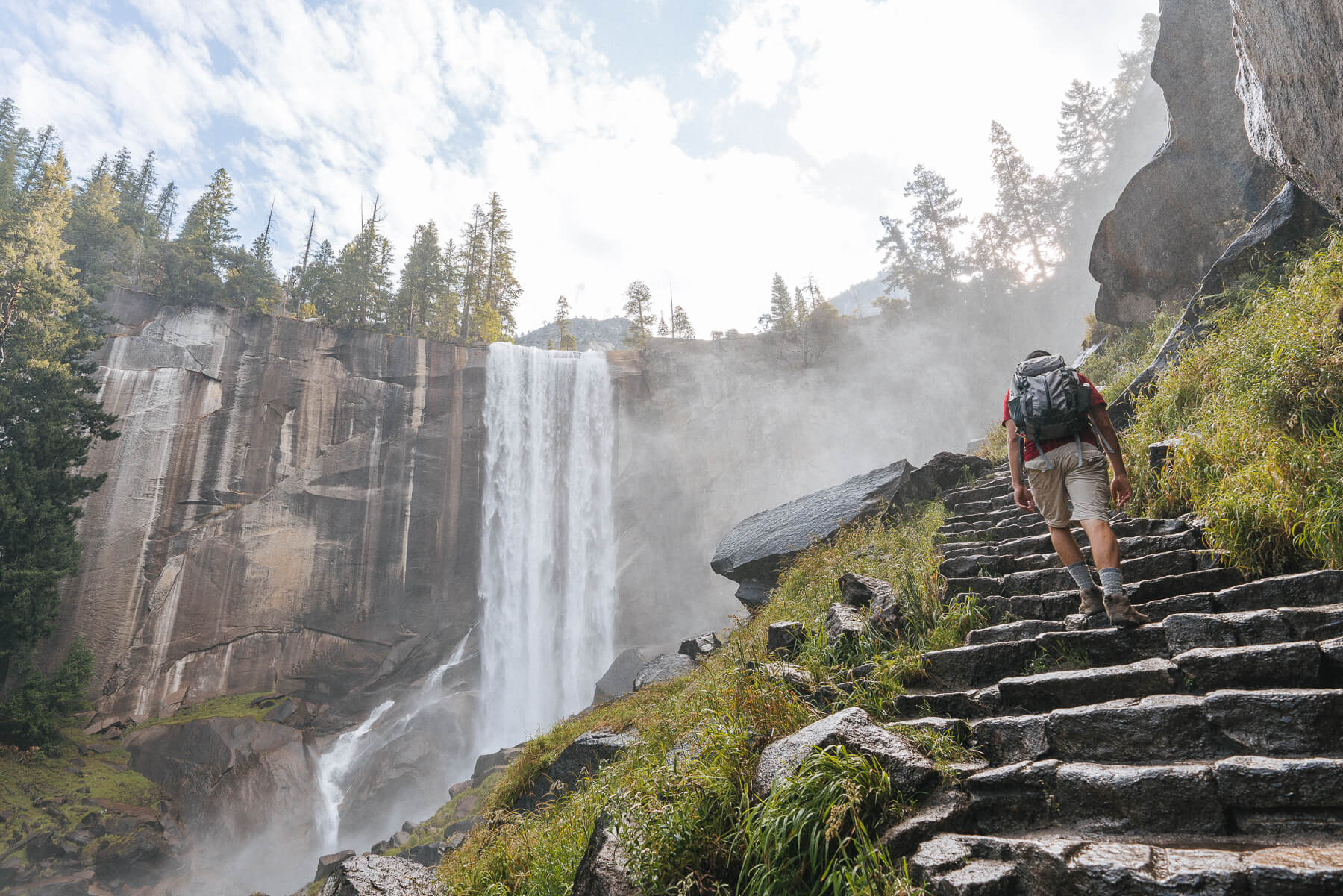When it comes to hiking and exploring the great outdoors, a common concern is safety. The internet and guidebooks are filled with warnings about “dangerous” trails, routes known for their steep drops, difficult terrain, or unpredictable weather. Yet, some of these trails, despite their reputation for danger, may not be as hazardous as they are made out to be. In fact, with proper preparation, the right mindset, and an understanding of the conditions, many of these so-called “dangerous” trails can be just as safe—if not safer—than other more popular, but less challenging routes.
This article delves into some of the most notorious trails and explains why they might not be as dangerous as you think. We’ll look at why certain trails gain this label, the factors that contribute to the perceived danger, and how to approach these trails safely. By the end of this piece, you might find yourself wanting to conquer a trail that’s previously intimidated you!
1. The Myth of “Dangerous” Trails
Let’s start by addressing why some trails get a bad reputation. Often, a trail is labeled “dangerous” because of its physical features—steep cliffs, narrow ledges, loose rocks, or even the weather conditions typical of the region. However, the real danger typically lies in human error, lack of preparation, and mismanagement of the trail’s conditions.
For example, a trail with a steep ascent may appear intimidating at first glance, but as long as hikers are equipped with the right gear, take regular breaks, and pace themselves, the risks are manageable. Similarly, unpredictable weather might seem like a deal-breaker for a trail, but with accurate weather forecasting and preparedness, even the most notorious storms can be weathered without incident.
Moreover, a trail’s “dangerous” reputation may be exaggerated due to isolated incidents or accidents that were not the result of the trail itself but the behavior of the hiker. In many cases, injuries occur because hikers don’t respect the terrain or push themselves beyond their limits. With the proper knowledge, any trail can be navigated safely.
2. Famous “Dangerous” Trails That Are Actually Safe
Now, let’s take a look at some well-known trails that are often considered “dangerous,” but with the right mindset and preparation, are perfectly safe for most hikers.
1. Angels Landing – Zion National Park, Utah
Perhaps one of the most iconic trails in the U.S., Angels Landing has a reputation for being one of the most dangerous hikes in the world. It’s famous for its sheer drop-offs and narrow, exposed ridges. However, while it’s certainly not a trail for beginners, it’s not as hazardous as its reputation might suggest.
Why it’s safe (if approached properly):
The main risk on Angels Landing comes from a few sections that require hikers to hold onto chains bolted into the rock to navigate narrow paths. While this may sound daunting, with proper care and attention, it’s entirely manageable. The trail is well-maintained, with ample signs warning hikers about the difficulty level. The biggest danger arises from hikers who become overconfident, attempt to complete the trail in extreme weather, or don’t respect their physical limits.

Safety tips:
- Avoid hiking during high winds or thunderstorms.
- Start early in the day to avoid crowds.
- Wear sturdy shoes with good grip.
- Use the chains for support and avoid rushing.
2. The Kalalau Trail – Kauai, Hawaii
The Kalalau Trail is a 22-mile coastal trail that offers stunning views of cliffs, beaches, and waterfalls. It is often considered one of the most challenging hikes in the world due to its remote location, muddy conditions, and treacherous cliffs. However, it is also one of the most rewarding hikes, with the right preparation.
Why it’s safe (if approached properly):
While the trail’s isolation and weather conditions (think rain and mud) can make it seem dangerous, it’s well-traveled by experienced hikers. The key is to be prepared for its challenges: bring the right gear, including waterproof shoes and a sturdy backpack, and have a solid plan for your hiking schedule. The most dangerous part of the trail is the muddy terrain, which can make footing slippery, but with the right footwear and awareness, it’s manageable.
Safety tips:
- Take a rain jacket and expect mud.
- Plan your trip well, including permits and food/water supplies.
- Avoid hiking during heavy rainfall to prevent landslides.
3. The Mist Trail – Yosemite National Park, California
Yosemite’s Mist Trail is another hike that draws a lot of attention due to its waterfall views and steep sections. The combination of the Vernal Fall and Nevada Fall views, with water spraying over the trail, creates slippery conditions and creates a sense of danger, but in reality, the trail is safe when proper precautions are followed.
Why it’s safe (if approached properly):
While the Mist Trail can be slippery due to the mist from the falls, hikers who take it slow and use caution will be fine. The trail is clearly marked, and there are plenty of railings to keep hikers secure on the more exposed sections. The main challenge is the steepness of the climb, but it’s nothing that can’t be managed with good footwear and pacing.
Safety tips:
- Wear waterproof gear and sturdy shoes with good traction.
- Don’t rush through wet or slippery sections.
- Avoid the trail after a heavy rainstorm as the falls can be more dangerous.

4. The White Mountain Peak Trail – California
While many people believe the White Mountain Peak Trail, one of the highest summits in California, is only for experts, it’s a relatively safe hike for those who are well-prepared. The trail’s difficulty lies more in its high altitude rather than any extreme terrain or technical difficulty.
Why it’s safe (if approached properly):
At 14,252 feet, White Mountain Peak is a high-altitude trail, which means hikers need to be aware of altitude sickness. However, there’s no technical climbing involved. The primary risks are altitude-related issues, which can be avoided by gradually acclimating to the elevation. When approached with caution and an understanding of altitude, White Mountain Peak can be hiked safely by those in good physical condition.
Safety tips:
- Acclimate to the altitude before attempting the peak.
- Carry plenty of water and stay hydrated.
- Be aware of symptoms of altitude sickness and descend if needed.
3. What Makes a Trail “Dangerous”?
Before we dive deeper into more examples, let’s consider what makes a trail dangerous in the first place. There are several factors that contribute to a trail’s reputation as dangerous, including:
- Terrain: Steep inclines, narrow ridges, loose rocks, and uneven footing can all increase the difficulty level of a trail. While these features can be dangerous if not navigated properly, they are also what many hikers find most exciting.
- Weather: Storms, extreme temperatures, and sudden weather changes can make even a seemingly easy trail dangerous. However, if you’re prepared with the proper gear and check the weather forecast, you can mitigate much of the risk.
- Crowds: Some trails become dangerous not because of the terrain, but because of the sheer volume of hikers. Overcrowded trails can increase the risk of accidents, especially on narrow paths or at popular viewpoints.
- Isolation: Remote trails can be dangerous due to their lack of access to rescue services in the case of an emergency. However, if you let someone know your itinerary and carry the necessary emergency supplies, this risk can be greatly reduced.
- Wildlife: Trails in remote areas may have encounters with wildlife, but as long as you follow basic guidelines for wildlife safety, these encounters rarely result in danger.
4. How to Approach “Dangerous” Trails Safely
If you’re interested in tackling a trail with a dangerous reputation, there are a few key steps you can take to ensure your safety:
- Research and Preparation: The more you know about a trail, the safer you’ll be. Check trail maps, weather forecasts, and any available user reviews to understand what you’ll face on your hike.
- Proper Gear: Make sure you have the appropriate gear for the trail conditions. For steep terrain, bring hiking poles; for wet conditions, waterproof shoes and clothing; for altitude, extra layers and water.
- Know Your Limits: Don’t push yourself beyond your capabilities. If the trail feels too difficult or you’re unsure about your ability to finish, turn back. There’s no shame in that!
- Start Early and Avoid Peak Hours: Starting early gives you more time to complete the trail, reduces exposure to extreme weather, and avoids crowds.
- Be Mindful of Weather Conditions: Keep an eye on the forecast and avoid starting a trail during bad weather. Many so-called “dangerous” trails become perilous when rain or snow adds another layer of difficulty.
5. Conclusion
While it’s easy to see why certain trails earn a “dangerous” reputation—due to their rugged terrain, unpredictable weather, or challenging climbs—many of these hikes can be safely completed with the right preparation, mindset, and respect for the environment. It’s important to remember that safety in the wilderness comes not from avoiding difficult trails but from understanding them and preparing accordingly.
If you’re up for the challenge, don’t let the “dangerous” label scare you away from trails like Angels Landing, Kalalau, or the Mist Trail. With the right approach, you might find that the most intimidating hikes are also the most rewarding.























